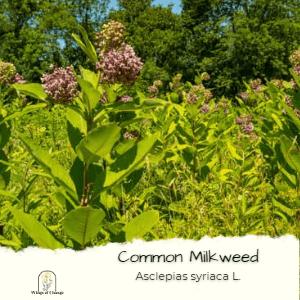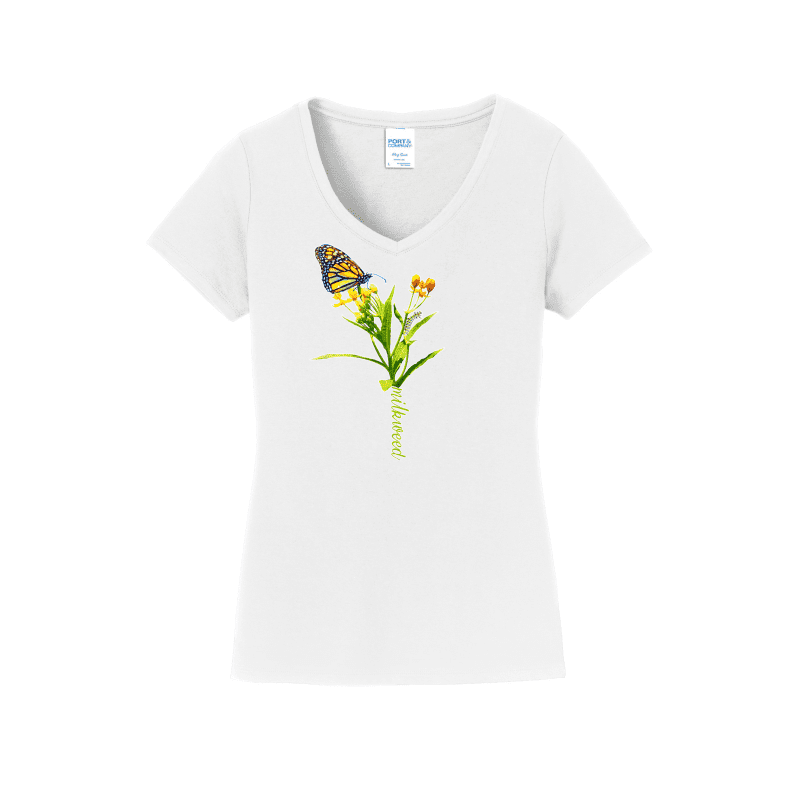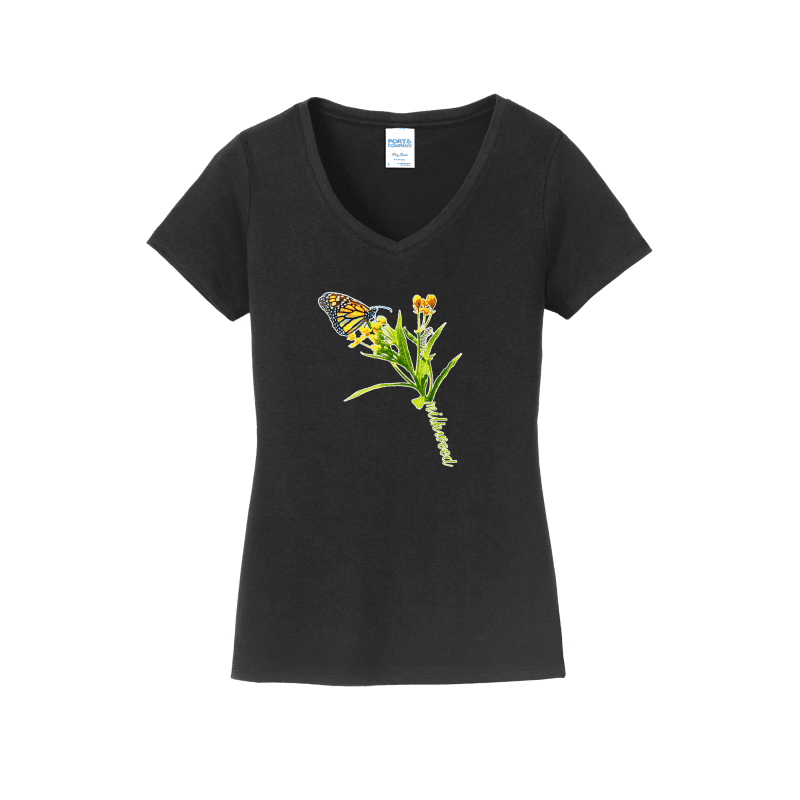Common Milkweed (Asclepias syriaca L.)
Common Milkweed (Asclepias syriaca L.) is a haven for insects. It is considered nature’s “MEGA MARKET” for insects. With over 450 different species known to feed on it, this plant is a hotspot for insect activity. Butterflies, ants, beetles, wasps, flies, and bees are among the many insects attracted to the nectar-rich flowers. While hummingbirds have been known to attempt to extract nectar, they are usually unsuccessful. The sap, leaves, and flowers of the Common Milkweed (Asclepias syriaca L.) also serve as a source of food. For monarch caterpillars, it is one of the most important food plants in the Northeast and Midwest. Other insects that frequently feed on Common Milkweed (Asclepias syriaca L.) include the Red Milkweed Beetle (Tetraopes tetraophthalmus), the milkweed tussock caterpillar (Euchaetes egle), and the red and black Milkweed Bugs. However, the latter two can be quite destructive as both the adults and nymphs feed on the plant’s seeds. In fact, they can destroy up to 90 percent of a colony’s seed crop according to the U.S. FOREST SERVICE.
Common Milkweed (Asclepias syriaca L.) Read More »










